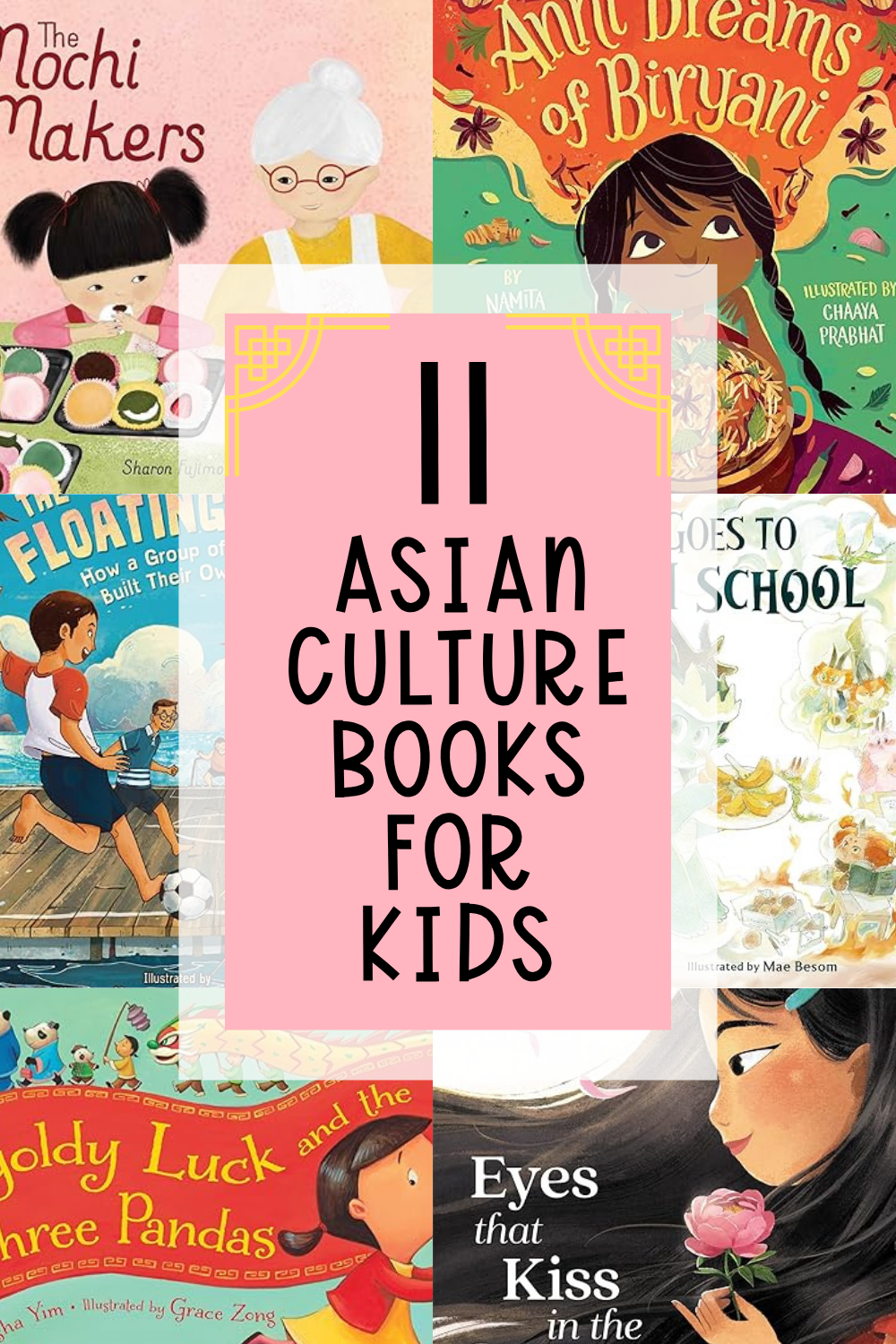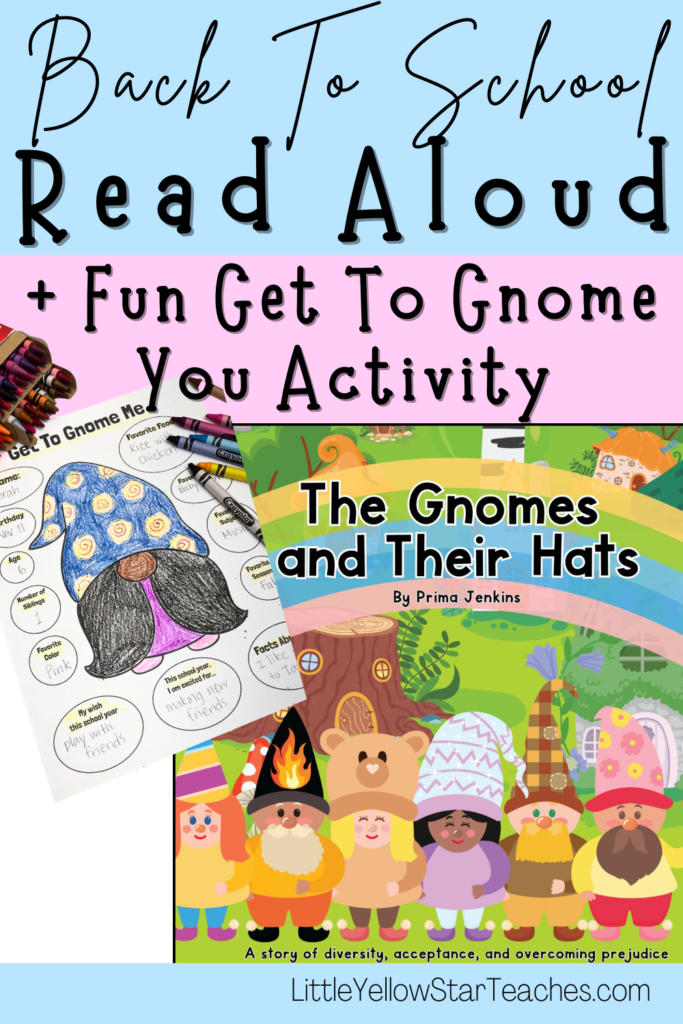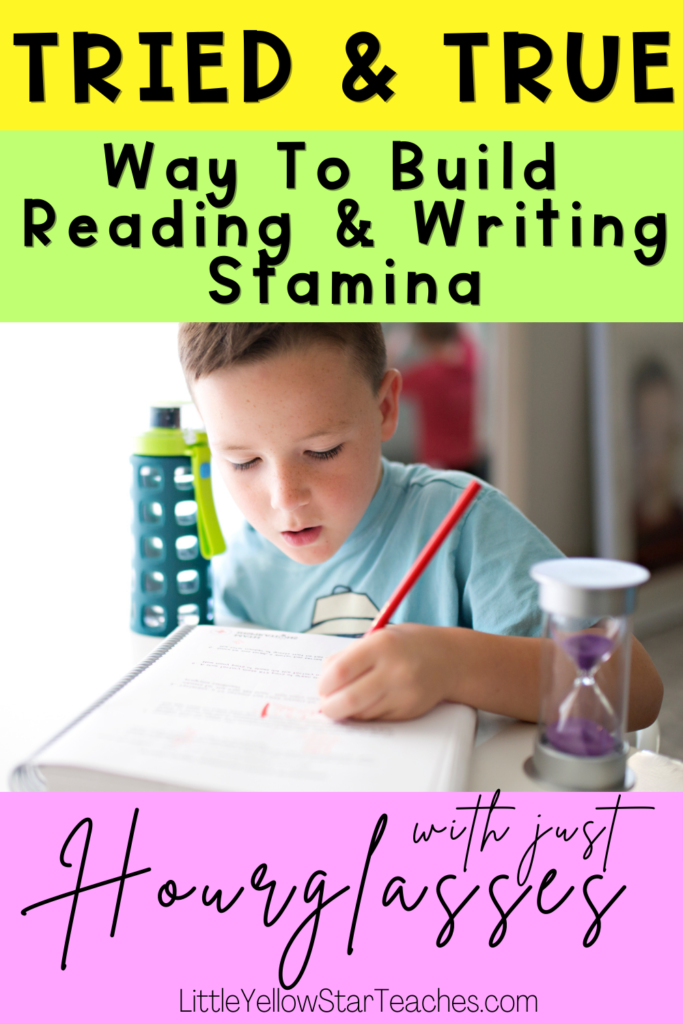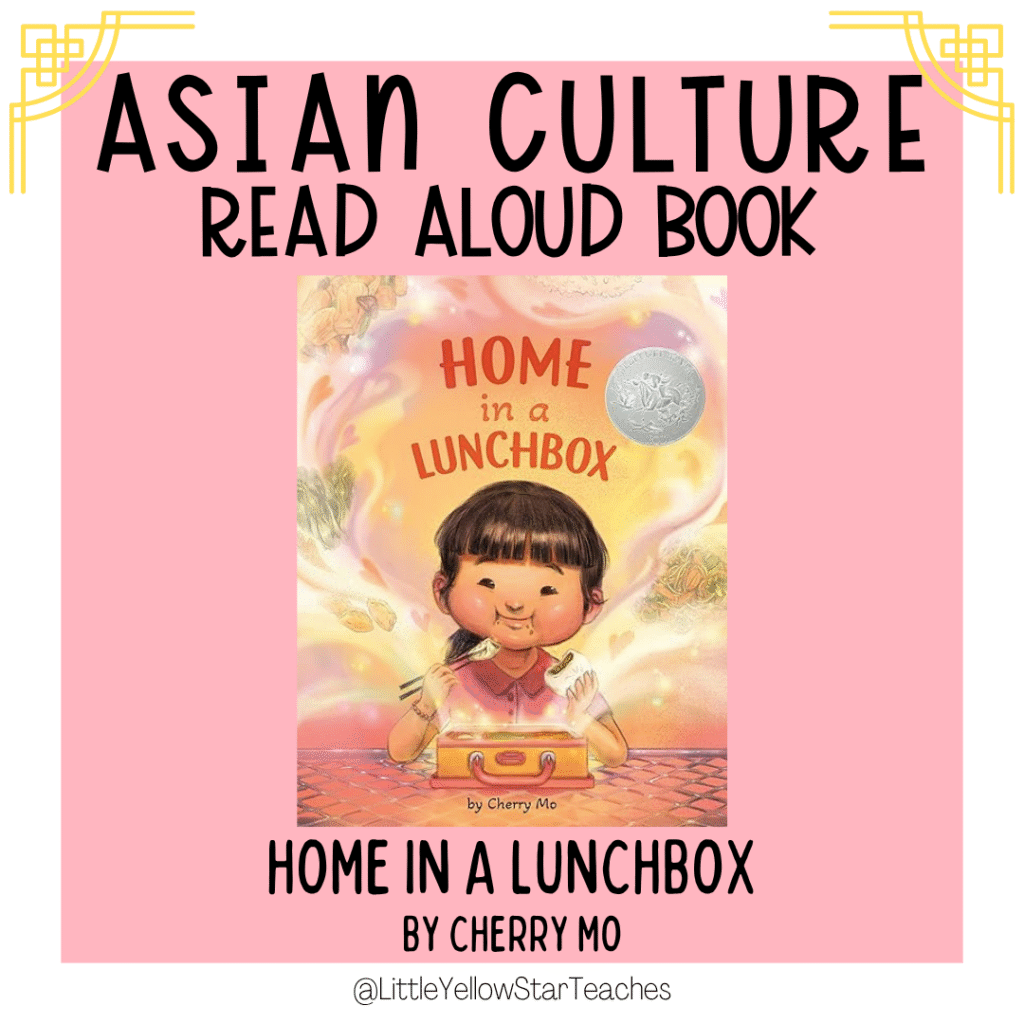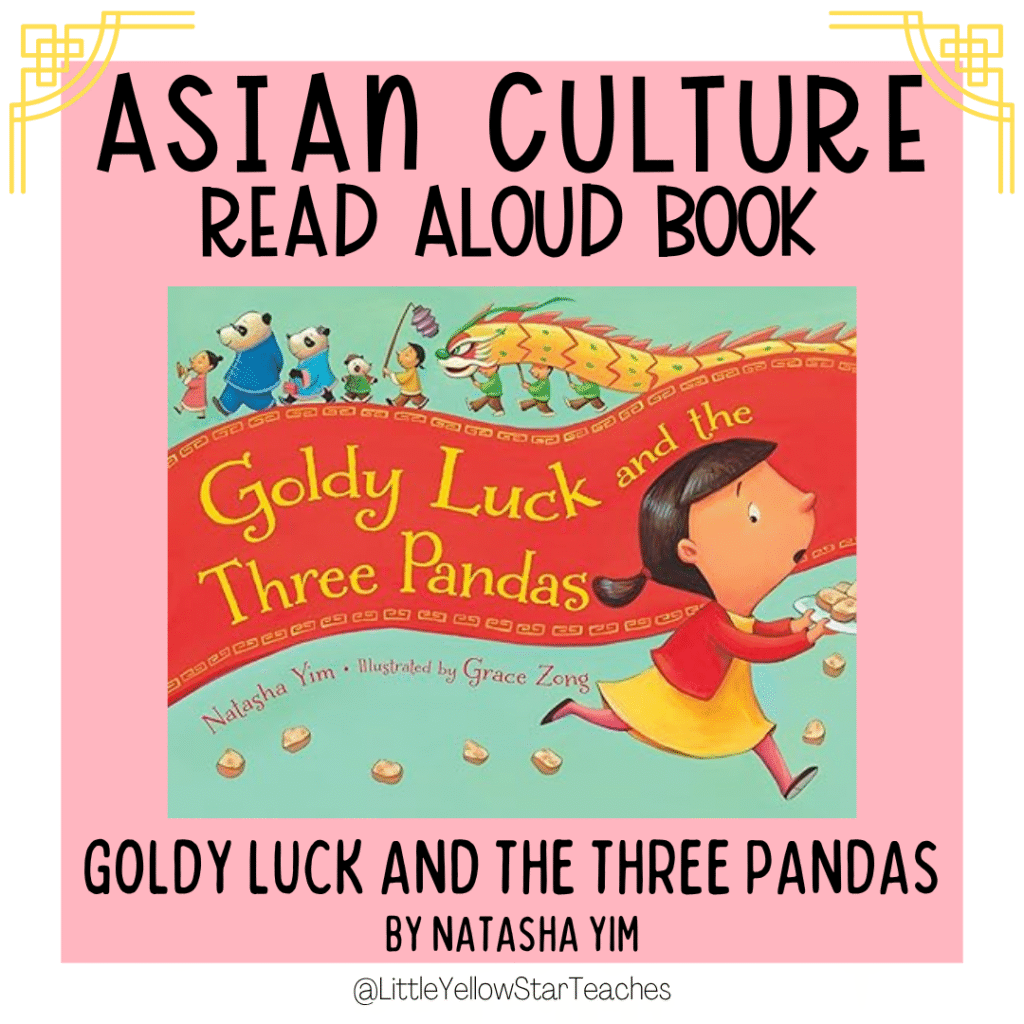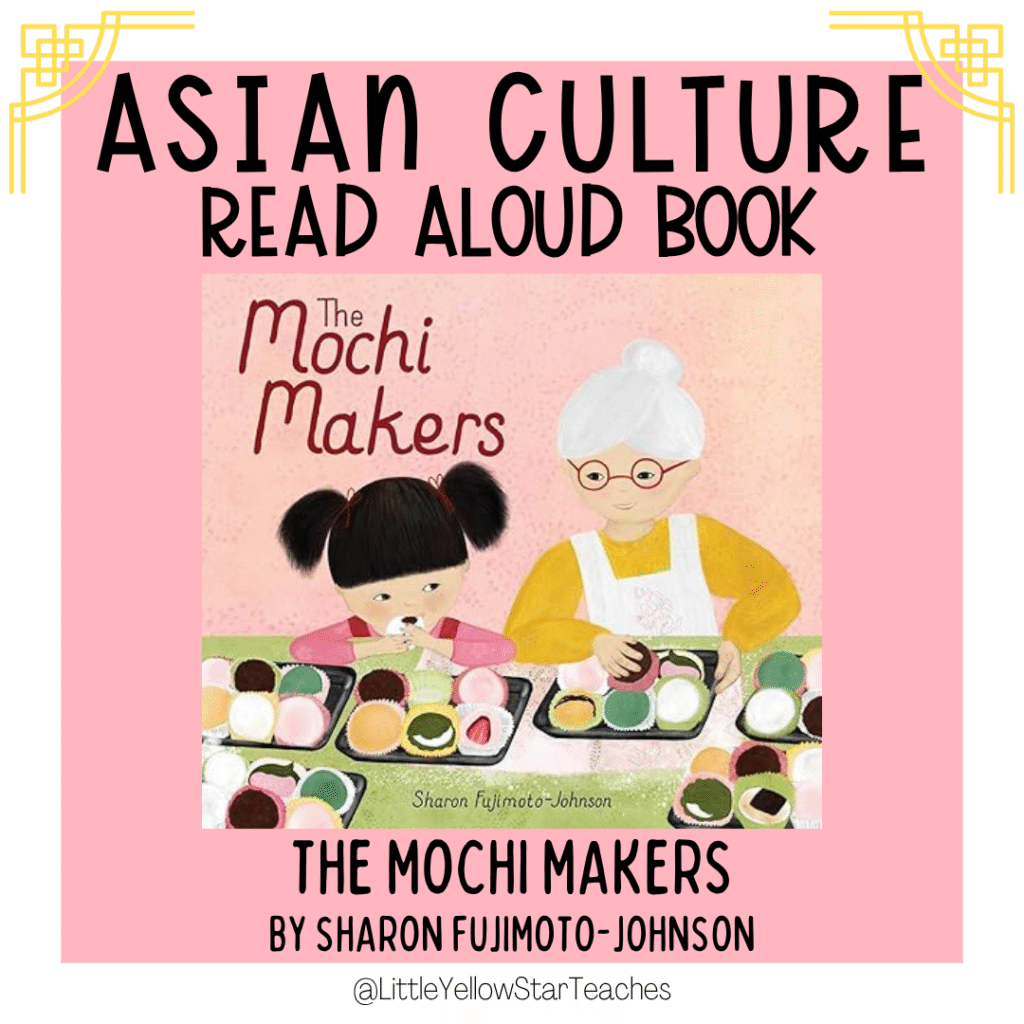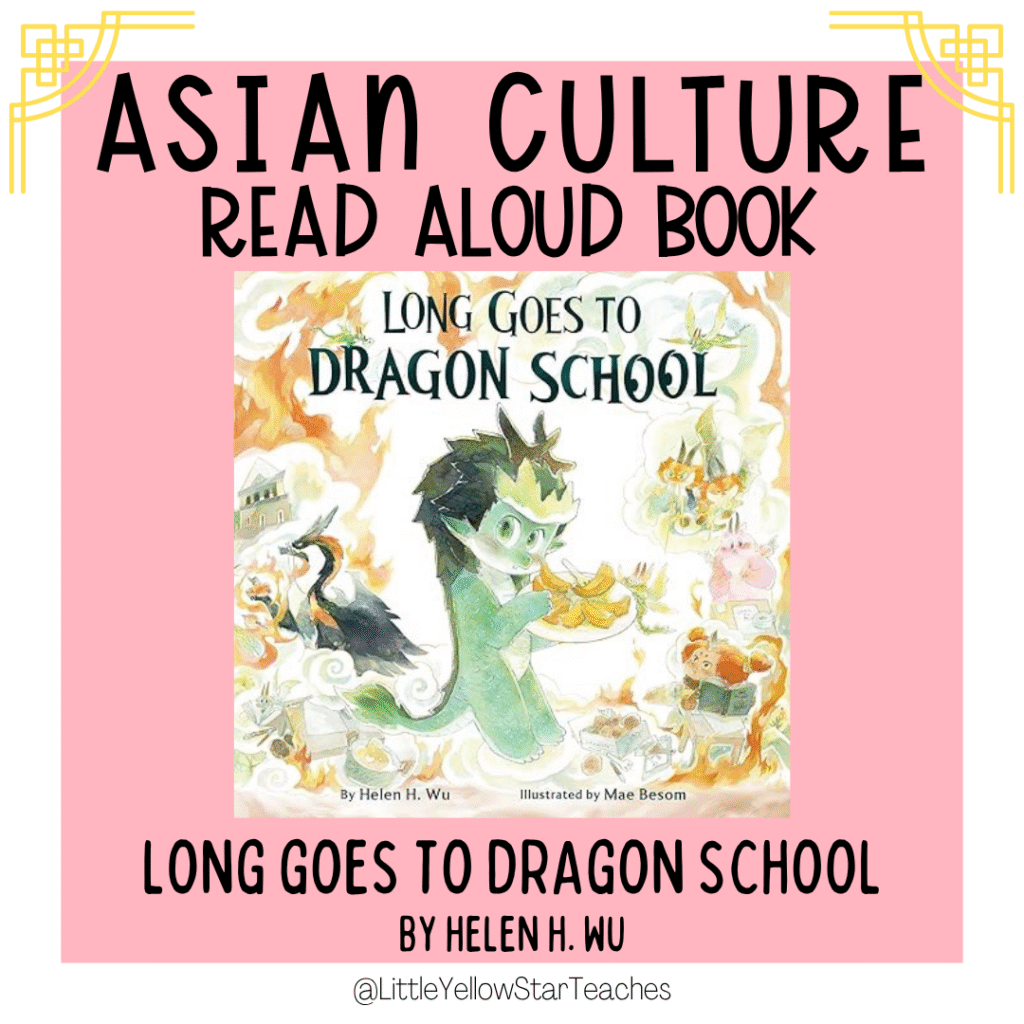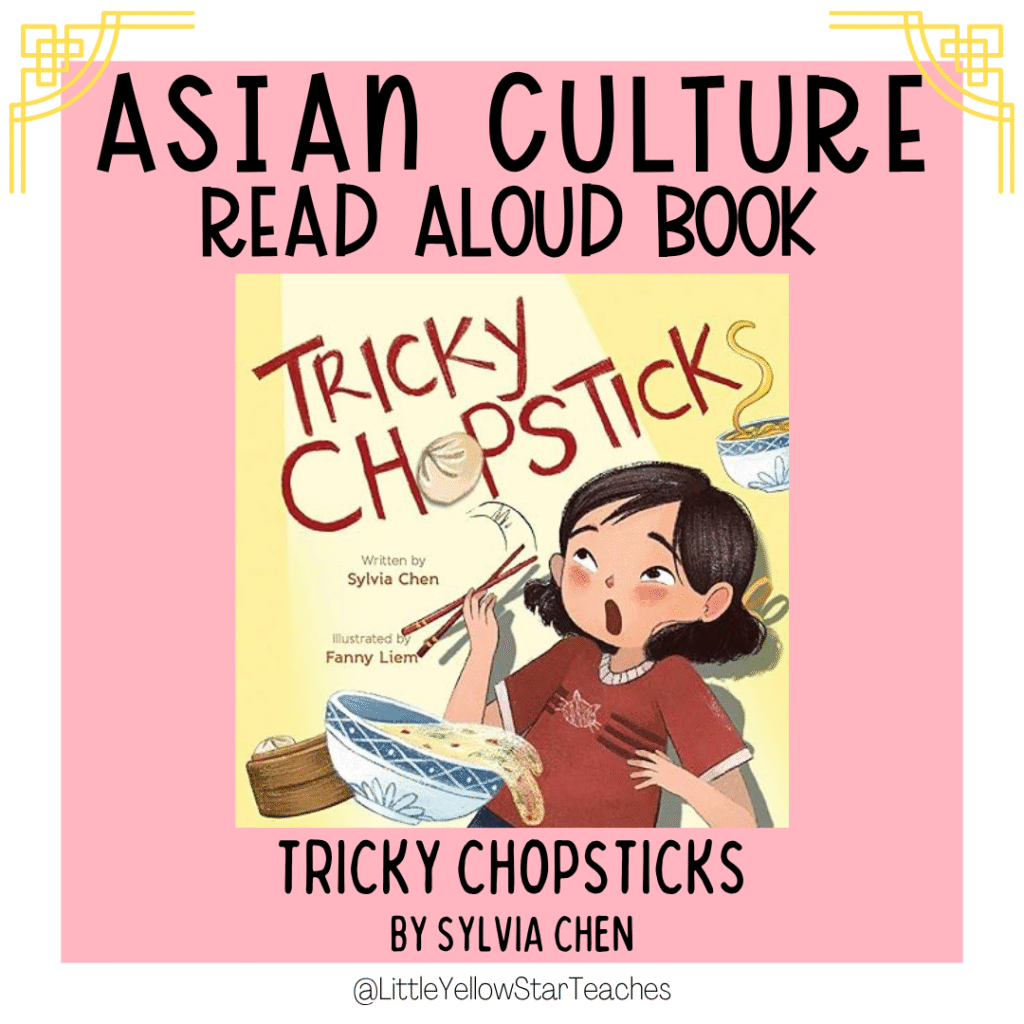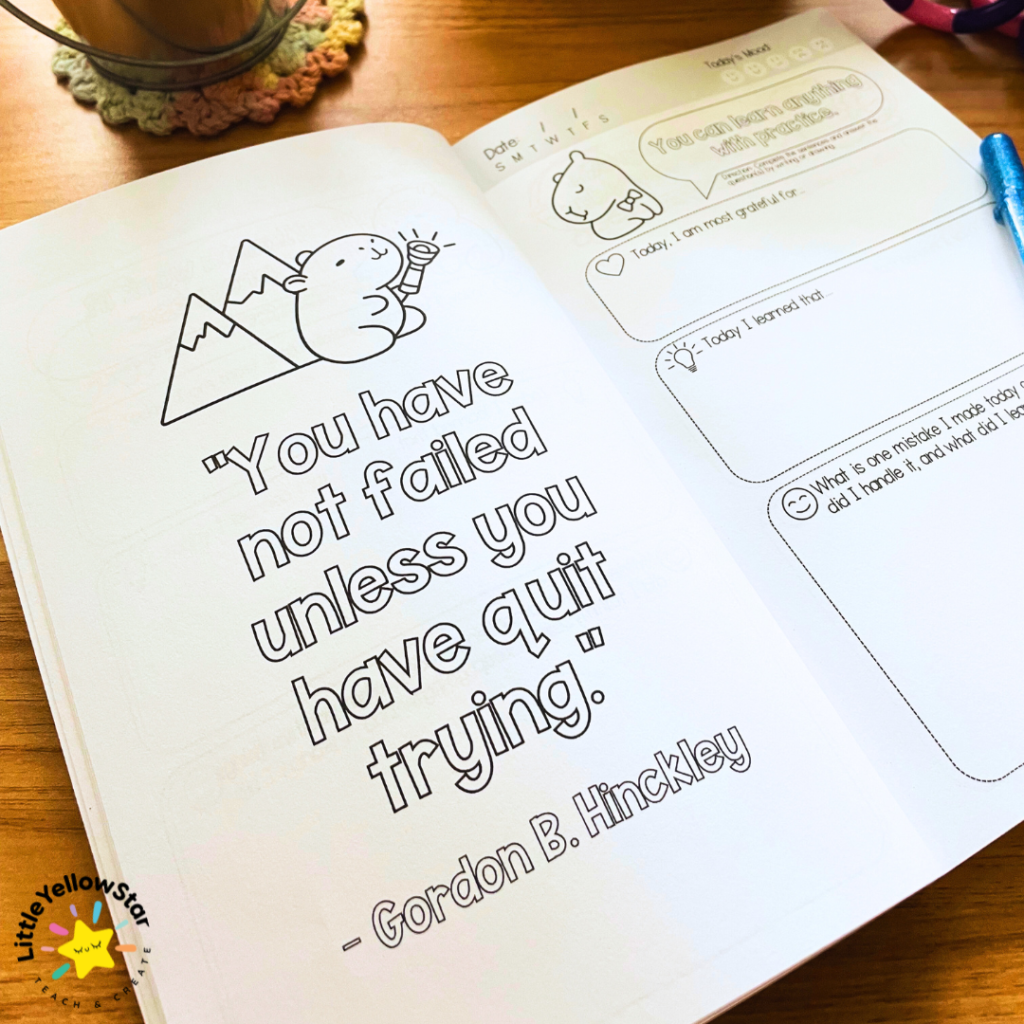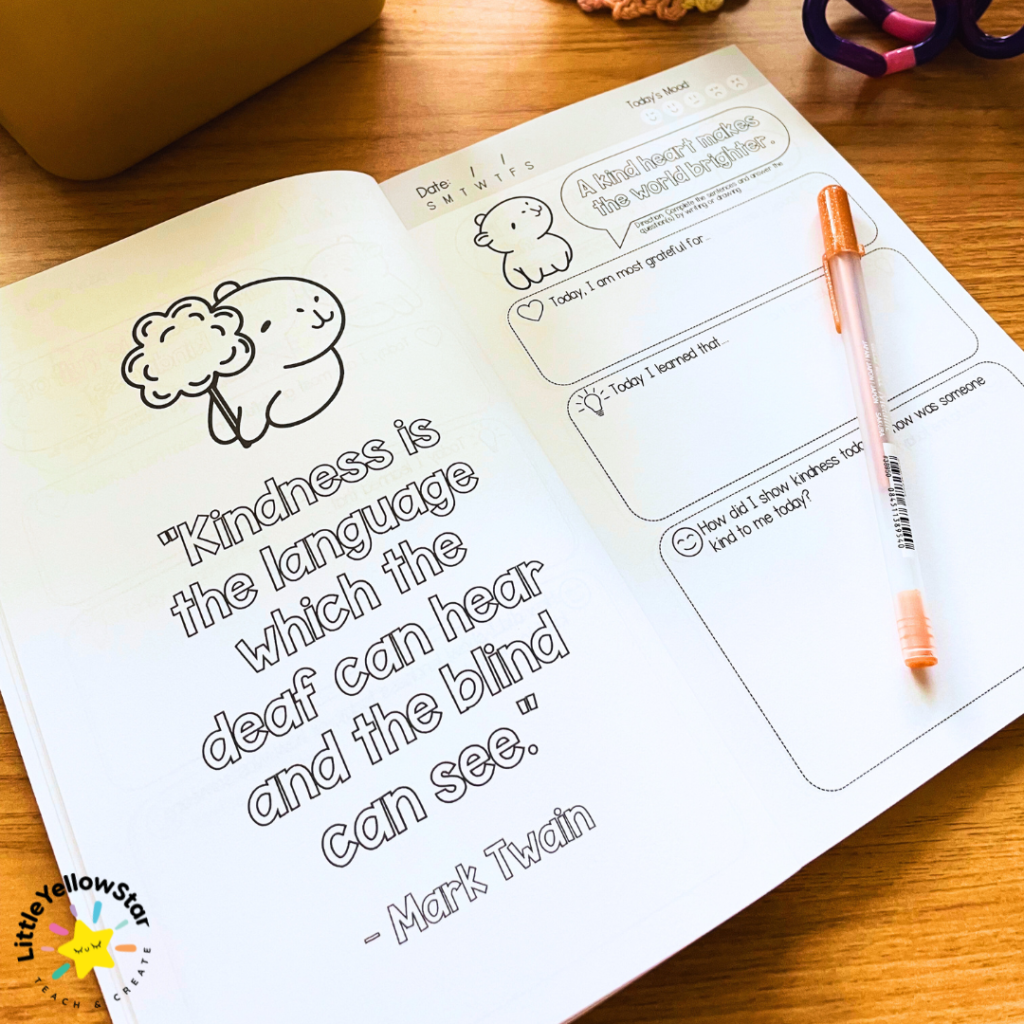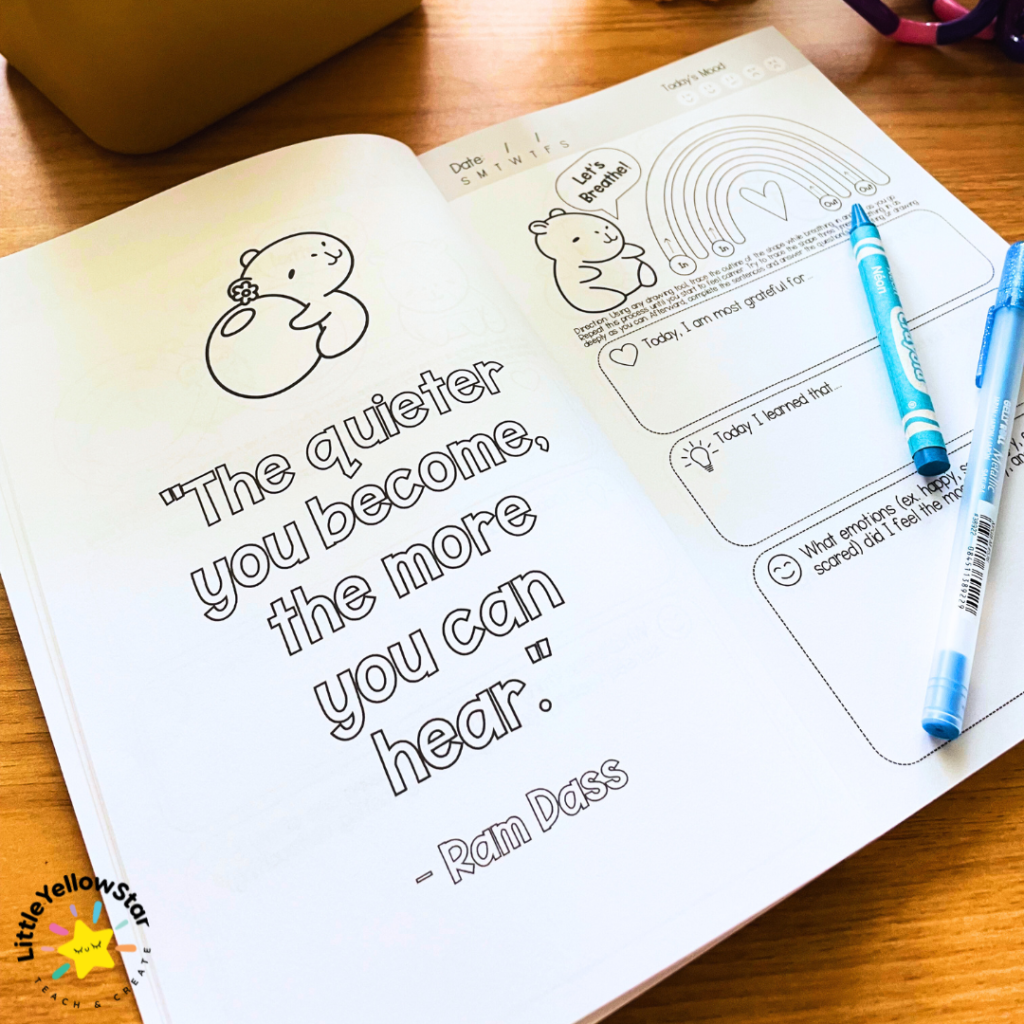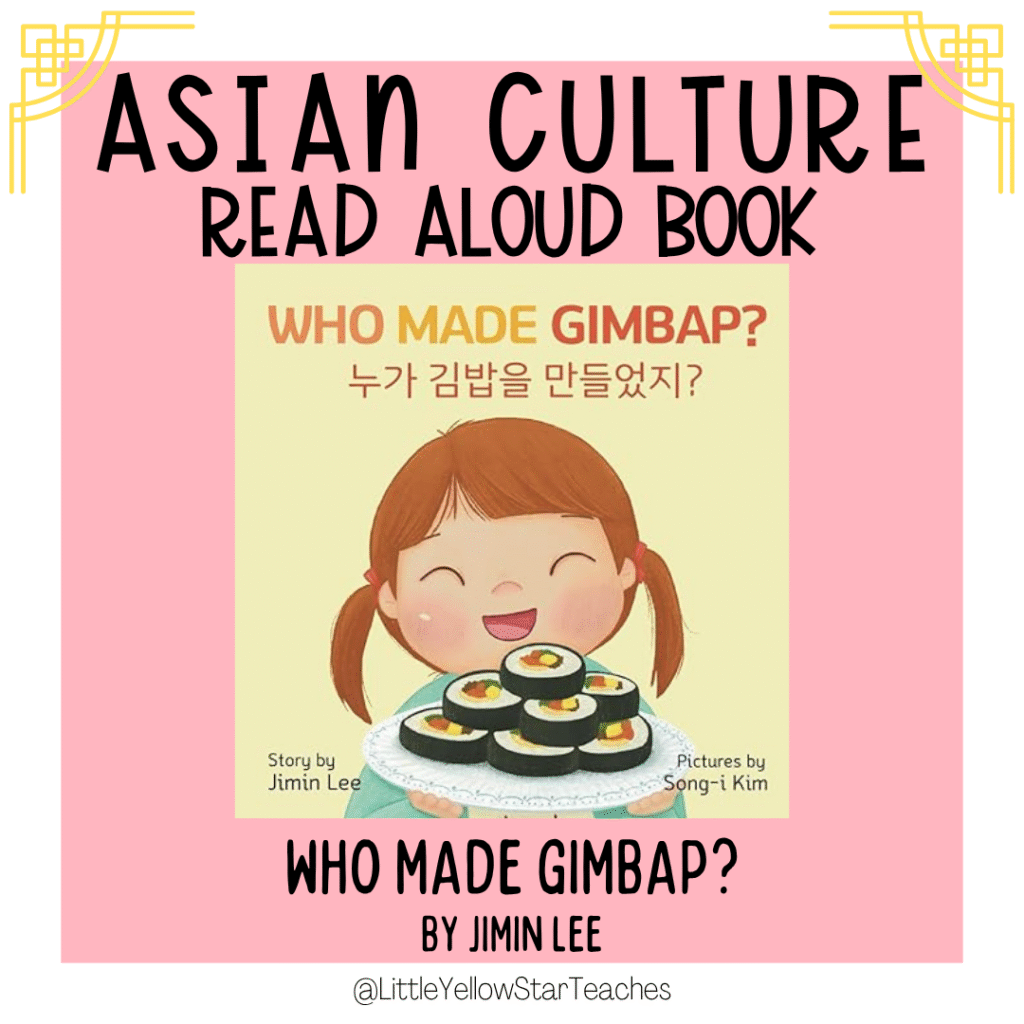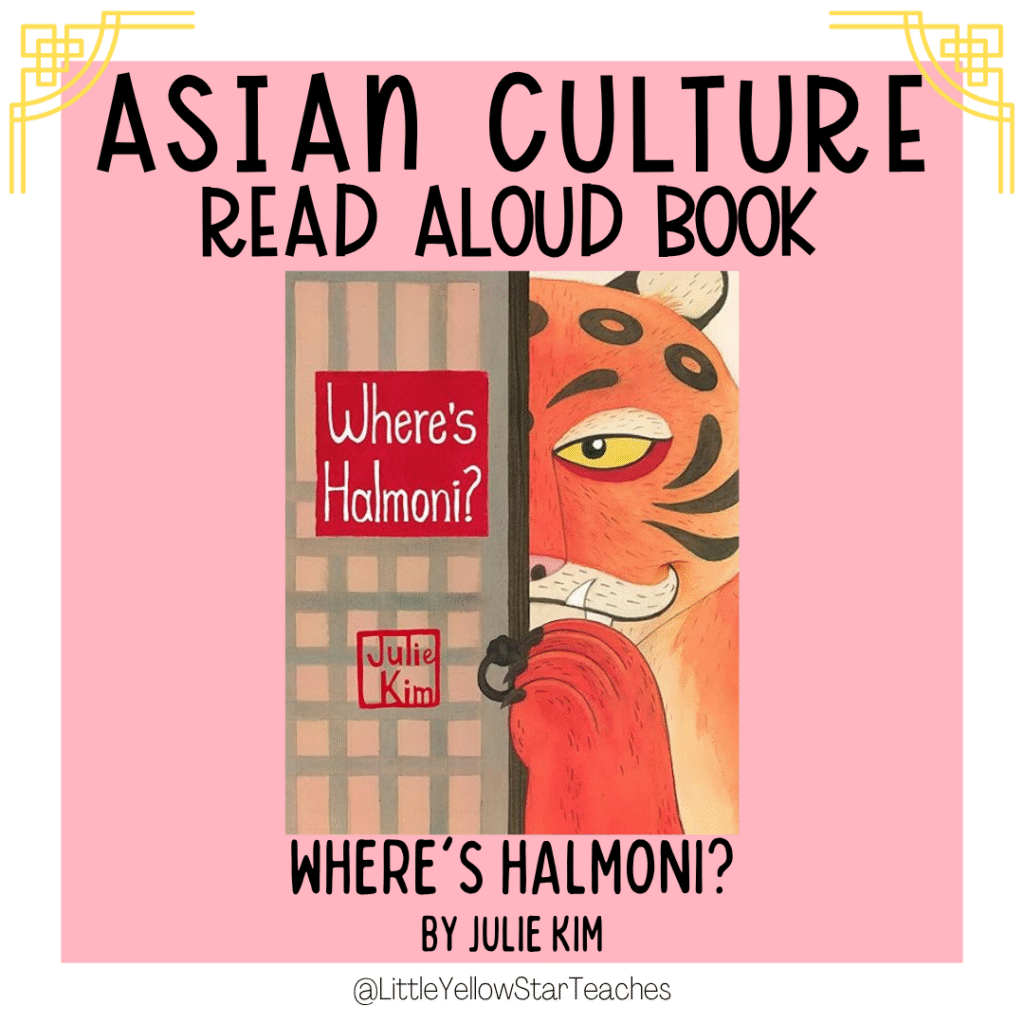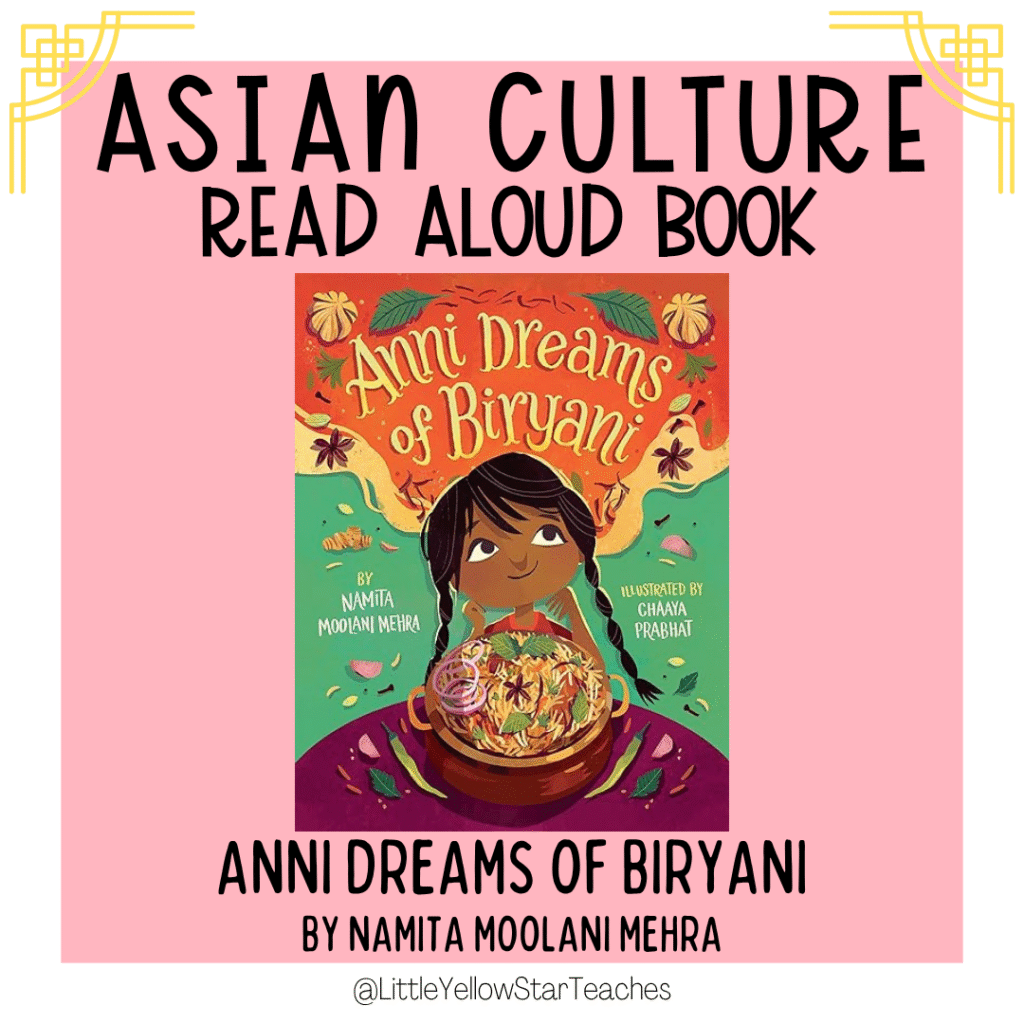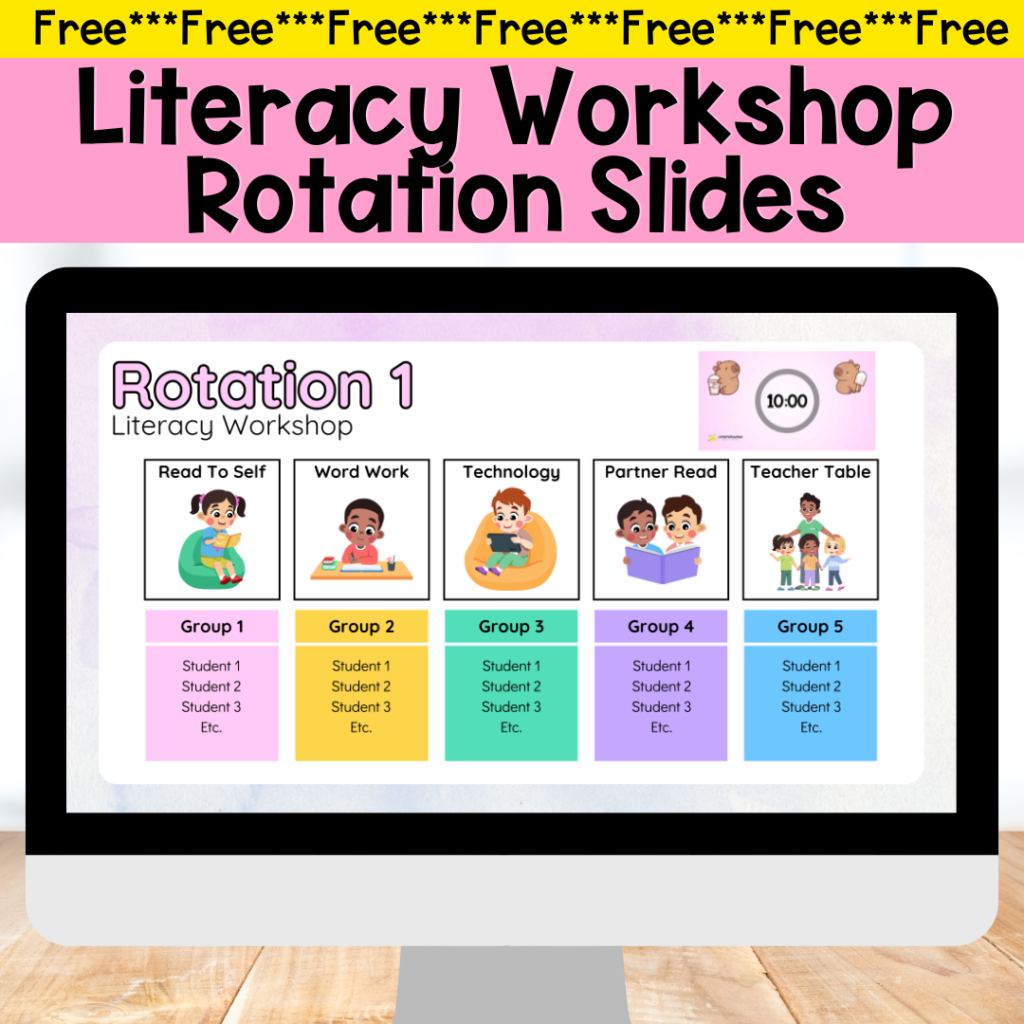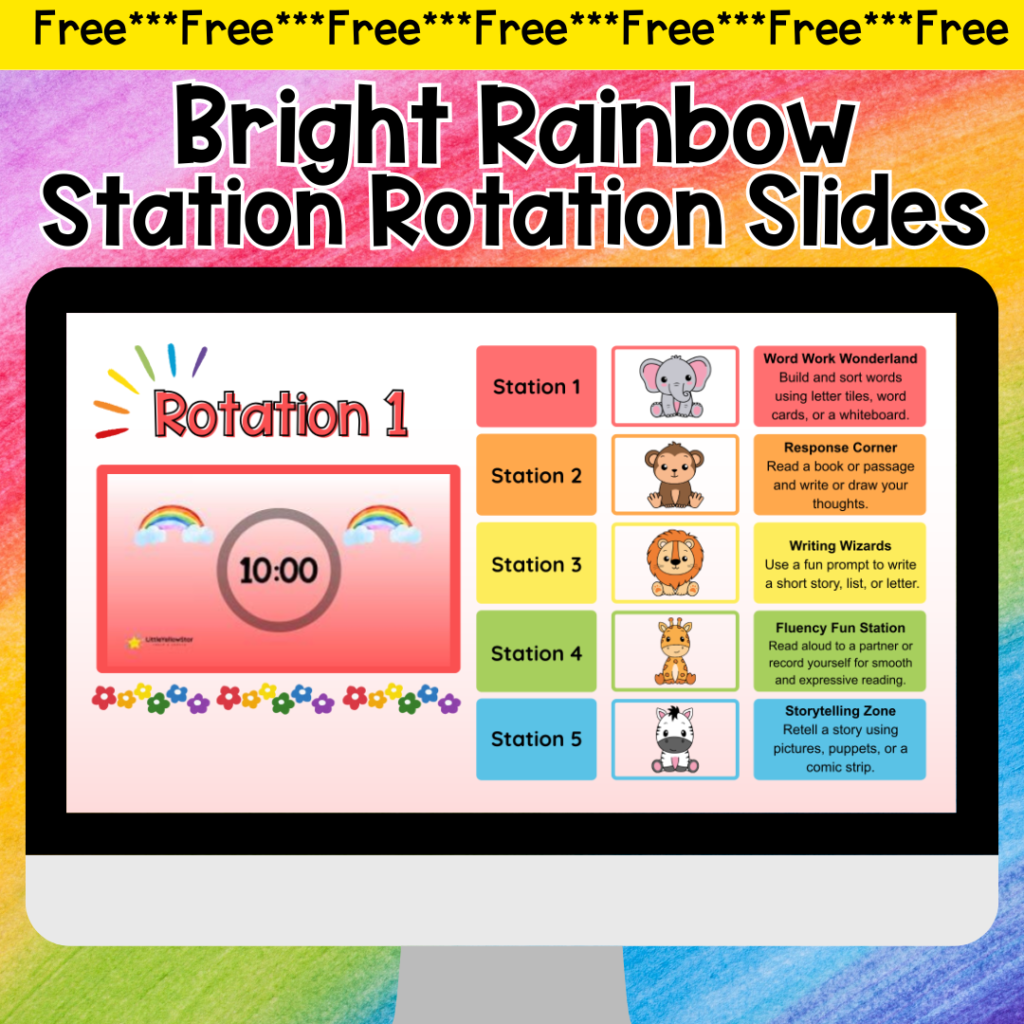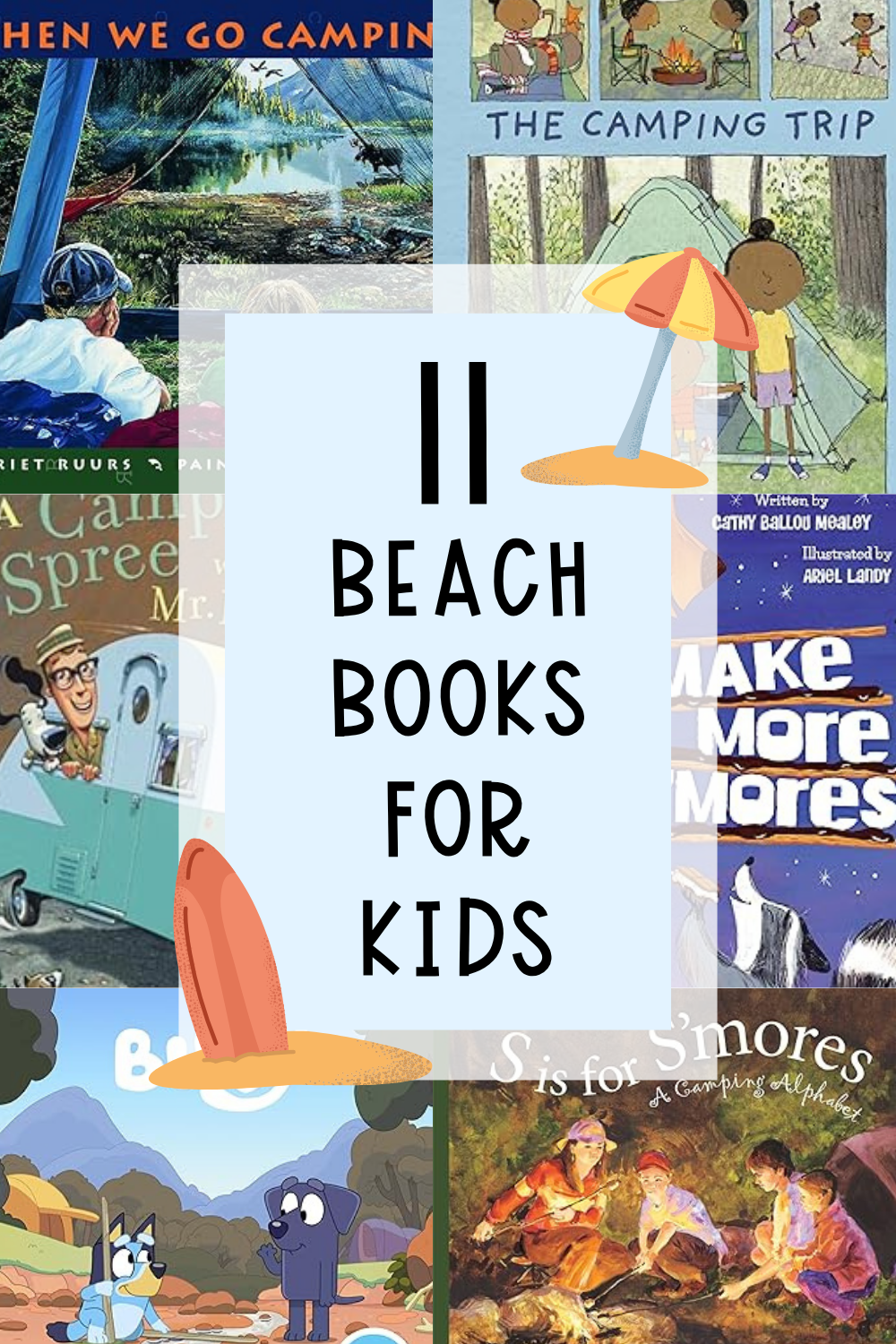Beautiful Stories That Celebrate Heritage, Traditions, and Global Understanding
Books are powerful tools for teaching children about the richness of the world around them—and Asian culture offers a beautiful tapestry of traditions, languages, foods, holidays, and family values. Through storytelling, children can explore both the uniqueness and universality of cultures across Asia.
In this post, I’m sharing my favorite children’s books that highlight Asian culture, organized by age group. I’ve also included fun activities and thoughtful questions to help kids connect with the stories and build cultural appreciation. Let me know which story touches your heart the most!
***Disclosure: This post contains an Amazon affiliate link that at no additional cost to you, I may earn a small commission when you purchase through the link from my blog. Thank you for your support!
Table of Content
- Why Read Books About Asian Culture?
- The Role of Books in Teaching Kids about Asian Culture
- 11 Asian Culture Books For Children
- What Asian Culture Book(s) Are You Going To Read Later?
Why Read Books About Asian Culture?
Books about Asian culture help children develop empathy, curiosity, and respect for diversity.
They introduce readers to different customs, foods, languages, celebrations, and daily life experiences—whether it’s Lunar New Year in China, Diwali in India, tea ceremonies in Japan, or family meals in Korea.
Reading diverse stories teaches kids that while people may look or live differently, love, family, celebration, and kindness are things we all share.
The Role of Books in Teaching Kids about Asian Culture
These books provide a mirror for some children and a window for others.
For children of Asian descent, they offer valuable representation and pride in seeing their culture reflected in stories. For all children, they help normalize and celebrate different identities, fight stereotypes, and encourage global citizenship.
Books rooted in Asian culture foster respect, inclusion, and lifelong curiosity about the world.
How to Use Books about Asian Culture with Children
Here are some thoughtful and engaging ways to explore together:
- 🎎 Ask Open-Ended Questions: After reading, ask: What did you learn about this tradition or celebration? or Have you ever tried this food or seen something similar? In the classroom, Turn and Talk can invite rich conversations and cultural sharing.
- 🍜 Engage in Cultural Activities: Try making a simple dish from the story, learn a greeting in a new language, create art inspired by Asian textiles, or celebrate a holiday like Lunar New Year or Holi through crafts and music.
- 📚 Refer Back to the Books: During discussions about geography, identity, or holidays, connect back to what you’ve read. Say: Remember how the family in the book prepared for the Moon Festival? Let’s learn more about it today.
- 👨👩👧 Involve Other Caregivers: Encourage families to share their own cultural stories or favorite books from their heritage. Reading together can spark rich family conversations and help children learn more about their own background—or someone else’s.
11 Asian Culture Books For Children
Younger Children (Ages 3-6)
#1 Asian Adventures: Delicious Asian Foods from A–Z by Yobe Qiu
🔗 View on Amazon
A vibrant A–Z introduction to popular Asian dishes across cultures, celebrating flavor, heritage, and family.
Activity Idea: Create your own illustrated A–Z food book featuring favorite family meals or Asian foods you’ve tried.
Discussion Questions:
- What new foods did you learn about from this book?
- Why is food an important part of culture?
- Which dish would you like to try and why?
#2 Home in a Lunchbox by Cherry Mo
🔗 View on Amazon
A heartwarming story about belonging, identity, and homemade meals that connect cultures.
Activity Idea: Draw your own lunchbox with foods that represent your culture or family.
Discussion Questions:
- Why was the lunchbox special in the story?
- How can food help us share who we are?
- Have you ever shared a meal from your culture with a friend?
#3 Goldy Luck and the Three Pandas by Natasha Yim
🔗 View on Amazon
A clever retelling of Goldilocks and the Three Bears with a Chinese New Year twist.
Activity Idea: Create a paper lantern or red envelope craft.
Discussion Questions:
- How is this version of the story different from the original?
- What do you know about Chinese New Year?
- What did Goldy learn about kindness?
Lower Elementary Children (Ages 7-9)
#4 The Mochi Makers by Sharon Fujimoto-Johnson
🔗 View on Amazon
A sweet story about a grandmother and grandchild making mochi together.
Activity Idea: Make pretend mochi with playdough or paper shapes.
Discussion Questions:
- What is mochi and how is it made?
- Why is it special to cook with someone you love?
- How do family traditions shape your memories?
#5 Long Goes to Dragon School by Helen H. Wu
🔗 View on Amazon
A little dragon struggles to fit in at school until he learns to embrace his own strengths.
Activity Idea: Design your own dragon and give it a unique power.
Discussion Questions:
- Why did Long feel different?
- What helped him feel proud of who he was?
- What makes you unique?
#6 Tricky Chopsticks by Sylvia Chen
🔗 View on Amazon
A fun and relatable story about a girl who struggles to use chopsticks and learns that everyone has their own pace.
Activity Idea: Practice using chopsticks with cotton balls or small toys!
Discussion Questions:
- Why did the main character feel frustrated?
- What helped her stick with it?
- Have you ever had to learn something tricky?
Check Out Capybara-Theme Daily Reflection Journals For Kids!
#7 Who Made Gimbap? by Jimin Lee
🔗 View on Amazon
A sweet and savory tribute to Korean food and the love passed through generations.
Activity Idea: Draw the steps to make gimbap and share your own family recipe.
Discussion Questions:
- How does food connect people in this book?
- What emotions are tied to the food being made?
- What food reminds you of home?
Upper Elementary Children (Ages 9-11)
#8Where’s Halmoni? by Julie Kim
🔗 View on Amazon
A beautifully illustrated graphic novel where two siblings travel into Korean folklore to find their grandmother.
Activity Idea: Create a comic panel of your own magical family adventure.
Discussion Questions:
- What mythical creatures did the children meet?
- How does Korean culture show up in the story?
- What would you do in their place?
#9 The Floating Field by Scott Riley
🔗 View on Amazon
Inspired by a true story of kids in Thailand who build their own soccer field on water and follow their dreams.
Activity Idea: Build your own mini soccer field using craft supplies.
Discussion Questions:
- Why did the boys build their own field?
- What does this story show about perseverance?
- How do you think sports can bring people together?
#10 Anni Dreams of Biryani by Namita Moolani Mehra
🔗 View on Amazon
A flavorful tale of a young girl’s quest to learn the secret to the perfect biryani dish.
Activity Idea: Create a recipe card with a favorite dish and draw the ingredients.
Discussion Questions:
- What does Anni learn during her journey?
- Why is biryani important in this story?
- What’s a food that reminds you of someone you love?
#11 Eyes That Kiss in the Corners by Joanna Ho
🔗 View on Amazon
A lyrical and powerful celebration of Asian features, self-love, and family heritage.
Activity Idea: Draw a self-portrait that includes special features you love about yourself.
Discussion Questions:
- What does the title mean to you?
- How does the girl feel about her appearance?
- Why is it important to love who you are?
Grab these free resources to make your teaching life easier!
What Asian Culture Book(s) Are You Going To Read Later?
Books celebrating Asian culture open hearts and minds. Whether your child is learning about a new tradition, recognizing their own identity, or exploring the richness of global diversity, these stories offer meaningful insights and beautiful memories.
Which story are you excited to share with your readers? Tag me on Instagram @LittleYellowStarTeaches and show me your favorite read-alouds, crafts, or cultural celebrations!
Happy reading!
Prima at LittleYellowStar
* * *

